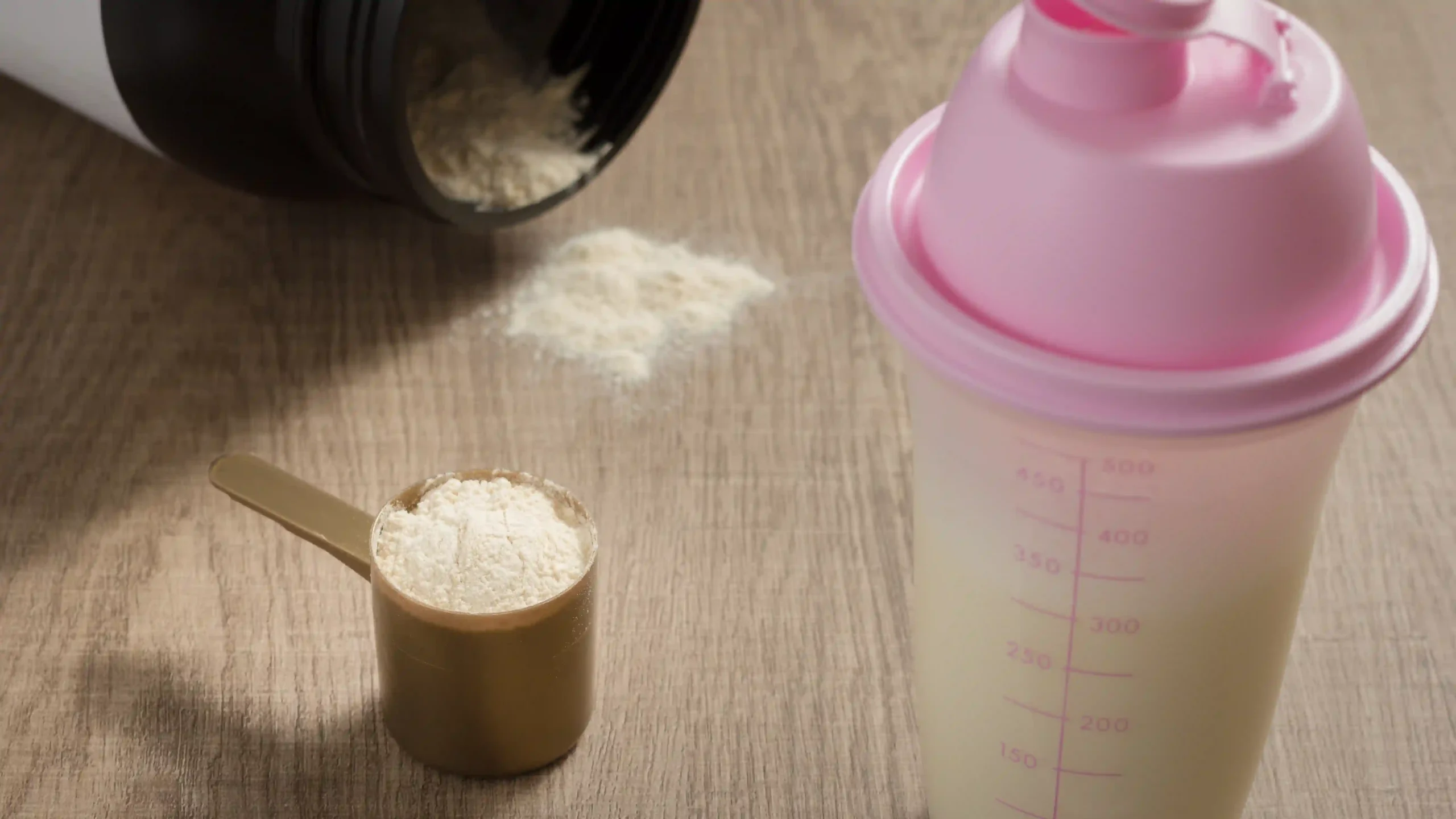Evaluating Keyfobell Powder’s Impact on Bone Growth
This study investigates the effects of Keyfobell powder (KFB), a novel Astragalus extract, composed of Astragalus membranaceus, red ginseng (Panax ginseng C. A. Meyer), and Cervi Parvum Cornu, as a potential alternative to growth hormone (GH) treatment. The primary focus is on the impact of KFB on longitudinal bone growth through upregulation of circulating insulin-like growth factor (IGF)-1.
In vitro and in vivo experiments were conducted using a hypothalamic cell line and Sprague-Dawley (SD) rats. The team performed quantitative RT-PCR to assess the expression levels of growth hormone-releasing hormone (GHRH) and ghrelin mRNA in GT1-7 cells. The treatment groups were administered KFB at various dosages, while the positive controls received recombinant human GH.
The results indicated that neither KFB nor recombinant human GH exhibited cytotoxic effects in GT1-7 cells. Both treatments led to a dose-dependent increase in the expression of GHRH and ghrelin mRNA. Furthermore, KFB administration resulted in significant increases in body weight and bone growth, particularly in the femur and tibia, in a dose-dependent manner. These changes were comparable to those seen in the GH-treated group.
Serum levels of IGF-1 and IGF binding protein (IGFBP)-3 were also measured, showing an upregulation of IGF-1 comparable to recombinant GH administration. Based on network pharmacological analysis, KFB’s active compounds, including (20S)-20-hydroxypregn-4-en-3-one, 2-isopropyl-3-methoxypyrazine, caproic acid, daidzein, furfuryl alcohol, lauric acid, octanal, and salicylic acid, may synergistically regulate the PI3K-Akt, Ras, and Rap1 signaling pathways. These pathways are known to be involved in growth control and cartilage formation, potentially contributing to the observed increase in bone growth.
Overall, the study suggests that KFB functions as a GH-mimetic agent, promoting bone growth through the upregulation of IGF-1. This opens new avenues for research into non-hormonal alternatives for bone growth stimulation.
Commentary by SuppBase Columnist Alice Winters

The study presented here provides a fascinating glimpse into the potential of Keyfobell powder (KFB) as a natural alternative to growth hormone treatment, particularly for those seeking non-synthetic methods to promote bone growth. The combination of Astragalus membranaceus, red ginseng, and Cervi Parvum Cornu in KFB is certainly intriguing, especially given the well-established health benefits of these ingredients. Astragalus, in particular, has a long history of use in traditional medicine for its adaptogenic and immune-boosting properties.
However, while the in vitro and in vivo results demonstrate promising effects on bone growth and IGF-1 upregulation, it is important to exercise caution before jumping to conclusions about the supplement’s efficacy in human populations. The study conducted on Sprague-Dawley rats offers a controlled environment in which KFB’s effects can be closely monitored, but translating these results to humans requires further clinical trials. The impact of KFB on long-term health, safety, and its potential side effects in humans is still unclear.
Additionally, the study’s reliance on network pharmacological analysis to identify potential bioactive compounds and pathways involved in KFB’s effects adds a layer of complexity, but also uncertainty. While the identification of multiple active compounds is promising, it’s important to note that this type of analysis doesn’t fully guarantee that these compounds will behave the same way in humans. Further validation is needed to confirm the exact mechanism of action and the true bioavailability of KFB’s compounds.
From a market perspective, if these findings are corroborated with human studies, KFB could appeal to a growing segment of consumers looking for natural alternatives to hormone treatments. However, the supplement’s efficacy and safety profile must be thoroughly examined before it can be considered a viable product for widespread use. Furthermore, consumers will need to be educated on the proper dosage and potential risks, especially since growth hormone-related products can carry a higher risk of side effects.
In conclusion, while the results of this study offer exciting prospects for the use of KFB as a growth hormone-mimicking supplement, much more research is needed before it can be recommended as a mainstream alternative. The growing trend toward natural, plant-based supplements may drive interest in KFB, but the market should proceed with caution until more robust data is available.



